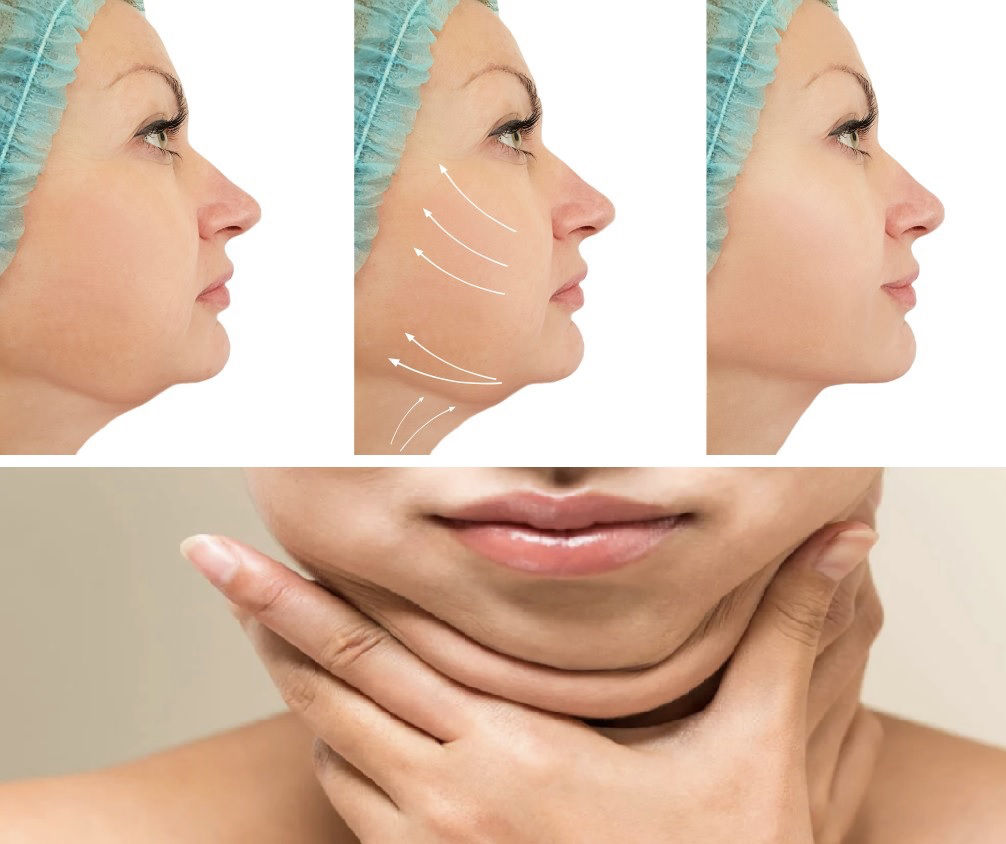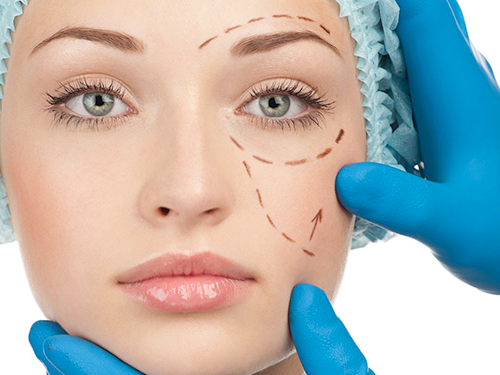
Despite the fact that cholesterol deposits in eyes are not harmful, they can cause discomfort and can grow in size over time. They are non-toxic and do not require to be removed. Patients with cholesterol deposits around their eyes may also have dyslipidemia. In this case, there are too few lipids in your blood. Find out more about dyslipidemia and how to treat it. Here are the steps to follow if cholesterol builds up around your eyelids.
Dyslipidemia leads to xanthelasma
Dyslipidemia is a condition that causes xanthelasma to the eye. It occurs when the blood contains too much fatty substances (lipids). High levels of LDL (bad cholesterol) or HDL (good cholesterol) in the blood are indicative of dyslipidemia. People suffering from xanthelasma have high levels of blood cholesterol. They can also be prone to inflammation and other common problems associated with high cholesterol levels.

Xanthelasma of the eyes refers to a condition when abnormal fat deposits are found in the eyelids. It can be caused by primary or secondary hyperlipemia and in diabetics. It's usually characterised by yellowish spots on the inner side or lower eyelids. Although it is uncommon in young adults, it can still affect anyone. If you suspect that you have xanthelasma of the eye, you should consult your doctor immediately.
Lipoprotein deposits in eyes
There are many ways that lipoprotein deposits can form in the eyes. These lipids accumulate on the cornea, causing NV, opacification, decreases in vision acuity, and NV. They form when the underlying cell structure is damaged or no longer functions properly. These conditions are often slow-progressing and are caused by multiple factors. There are two main types: LK that develop spontaneously or secondary. Both cases have lipid deposition that is secondary to the underlying systemic condition. Third, lipid deposition can be caused by previous ocular trauma and diseases.
Ocular lipid deposition occurs most often in corneal arcus. This is caused when phospholipids or cholesterol are deposited into the peripheral cornea. It is considered a normal part of aging. However, it could also indicate hyperlipidemia. You should have it checked out by a physician to rule out a serious eye condition.
Lipoprotein deposits can lead to atherosclerosis
The accumulation of cholesterol in the blood vessels narrows them and makes them harder. Because these vessels need to be flexible and malleable, hardening them is detrimental to a person's health. People with dyslipidemia, a condition where there is too much cholesterol in the bloodstream, are more likely to have eyes that are clogged up. Those who develop eye deposits before age 40 should see a physician for a quick screening.

The inflammatory response caused by fatty deposits in the eyes is a precursor to atherosclerosis. When a person is not active, lipids build up in their bloodstream. The condition can cause xanthelasma (an area around the eyes that can cause atherosclerosis). Although there are many possible causes of xanthelasma (xanthelasma), the most common cause is genetic. This condition can be caused when there are certain genetic conditions that increase the levels of cholesterol in the bloodstream. Cholesterol is generally obtained from meats and dairy products. Cholesterol is necessary for the body's ability to make cell membranes, hormones, and assist in the digestion of fats.